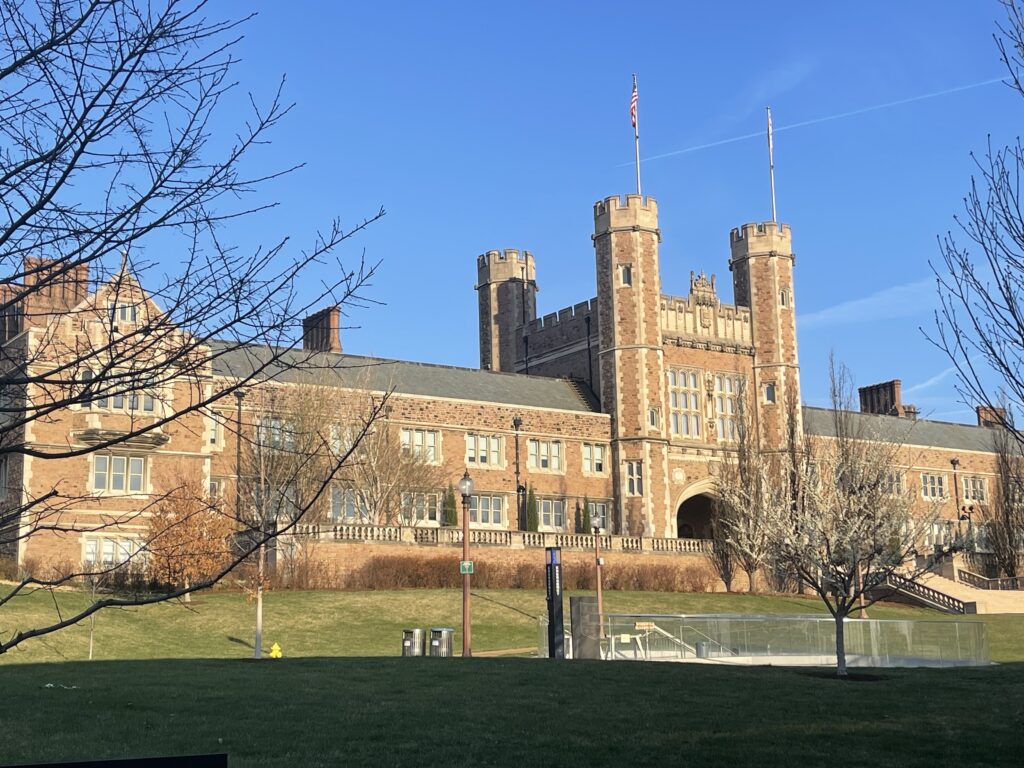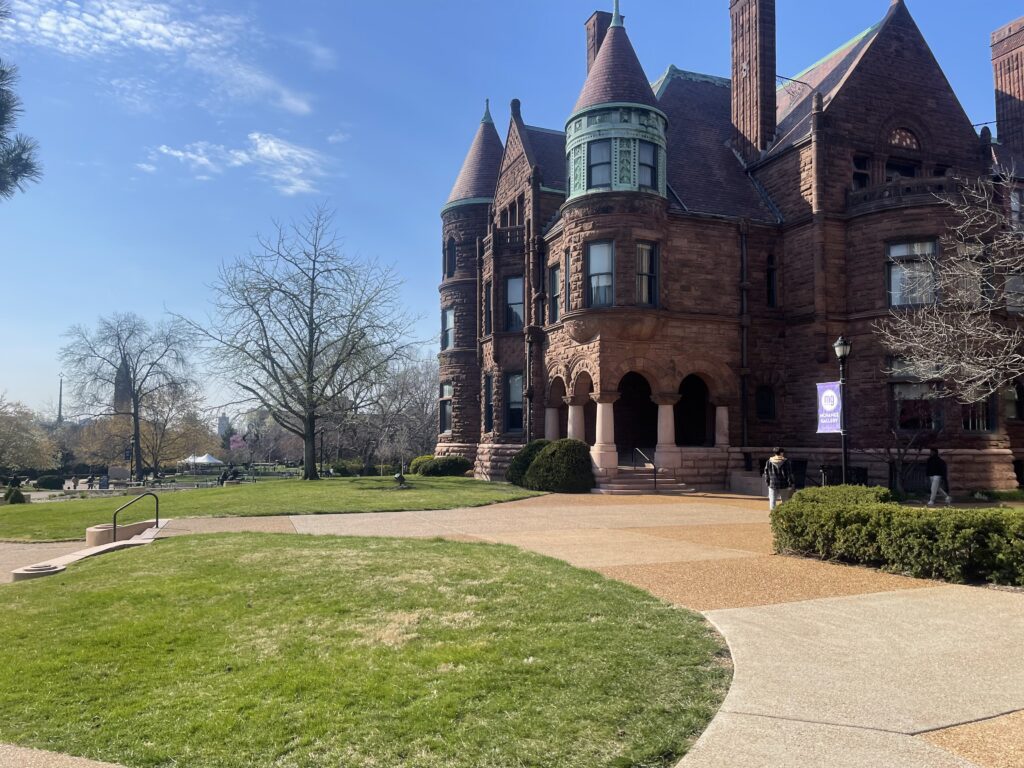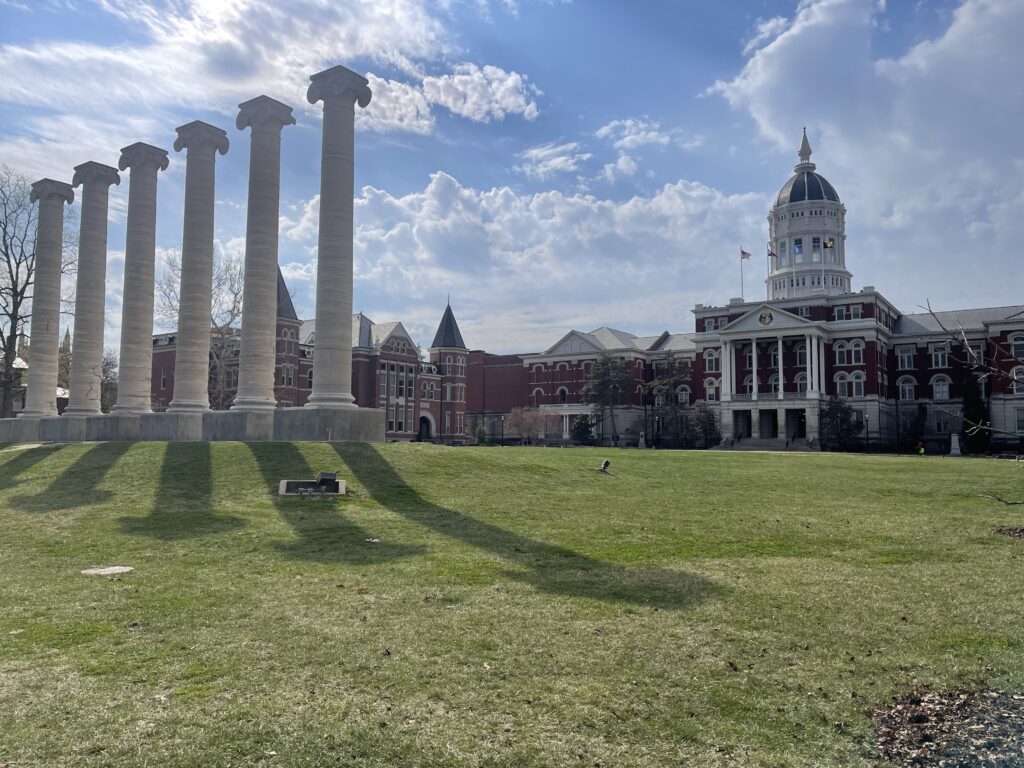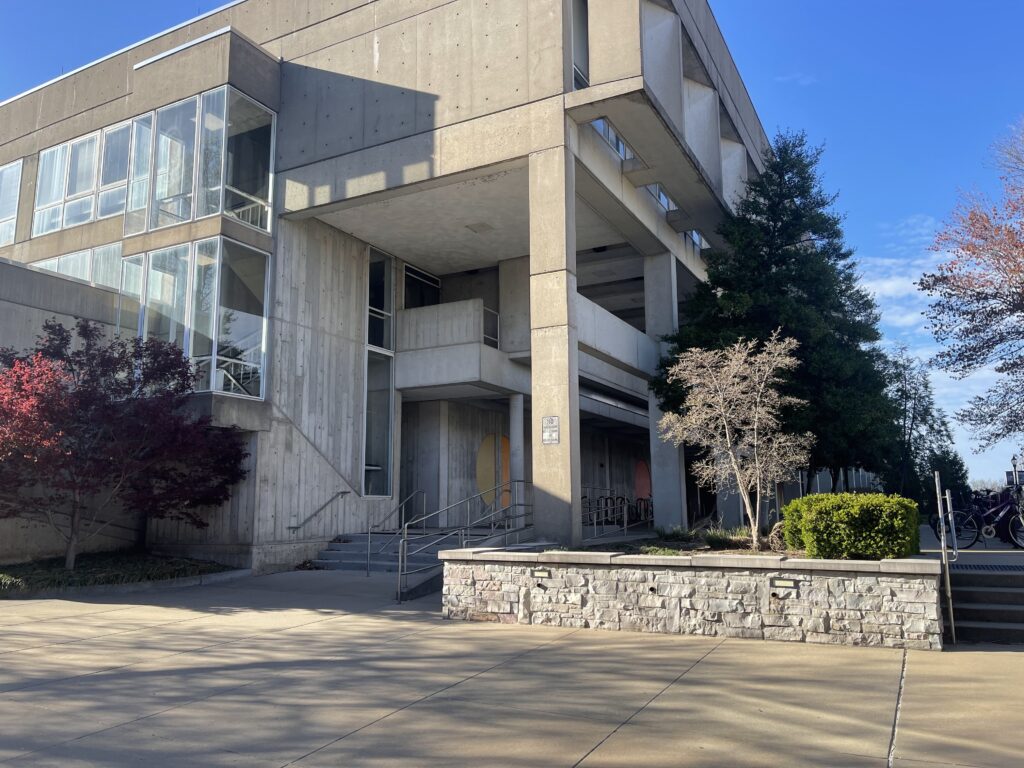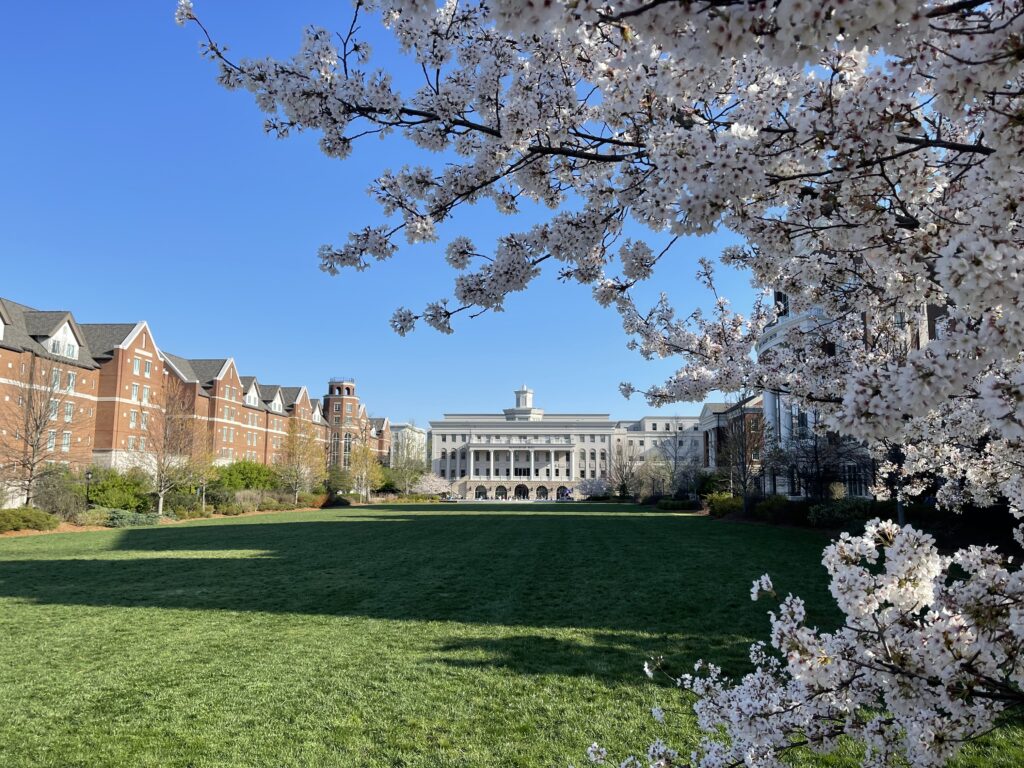I recently visited Washington University in St. Louis in Missouri, where I toured campus and spoke with the admissions office about the latest trends in admissions. Here are some takeaways from my visit:
· Washington University in St. Louis, or “WashU” for short, is one of the nation’s leading universities. A mid-sized, private institution with roughly 8,000 undergraduate and 8,000 graduate students, WashU combines high-level academics with a collaborative, supportive community characterized by Midwestern kindness, plush amenities and an urban backdrop.
· Although well known for its strengths in premed, biomedical engineering and computer science, WashU offers a range of programs in the arts & sciences, engineering and design and visual art. A special interdisciplinary program, Beyond Boundaries, allows a small cohort of students to explore a specific intellectual interest through a variety of disciplines.
· The average class size is 24, and only 3-5% of classes have 150+ students (typically intro courses in psychology, chemistry and other popular majors).
· Premeds benefit from the extensive opportunities available at St. Louis’s many medical schools and hospitals, including WashU’s renowned med school and Barnes Jewish Hospital. Research in all subjects is available to students starting freshman year. A new public heath major and minor are in the works.
· Although students are admitted to one division, many students double major, which can be done across divisions.
· All first-year business students participate in a small, cohort-based introductory business course in which they are assigned a real consulting case for a major company. The business school is globally focused (60% of students study abroad), and its new Bauer Leaders Academy will help students hone their leadership skills. Students can minor in the business of the arts or sports, as well as gain hands-on experience working at the multiple student-run businesses on campus.
· Co-ops are available for engineering students. Boeing, with its local footprint in the St. Louis area, is a popular destination.
· WashU is located in an upscale, suburban neighborhood replete with a movie theater, bars, restaurants and thrift shops. Students can also use either of the two metro stops on campus to head into downtown.
· 15% of students participate in Greek life. There are a range of student clubs and performing arts groups, and many students volunteer in St. Louis. There is robust school spirit, and the D3 football games are well attended.
· WashU students enjoy some of the best housing, food and amenities of any college in the US. Freshman live in South 40, a residential portion of campus that looks like an upscale ski resort and features large, modern dorms and multiple singles. On-campus dining options include a restaurant and pub, and, unsurprisingly for anyone who visits, the Princeton Review has rated the school #1 in the country for food and #3 for dorms.
